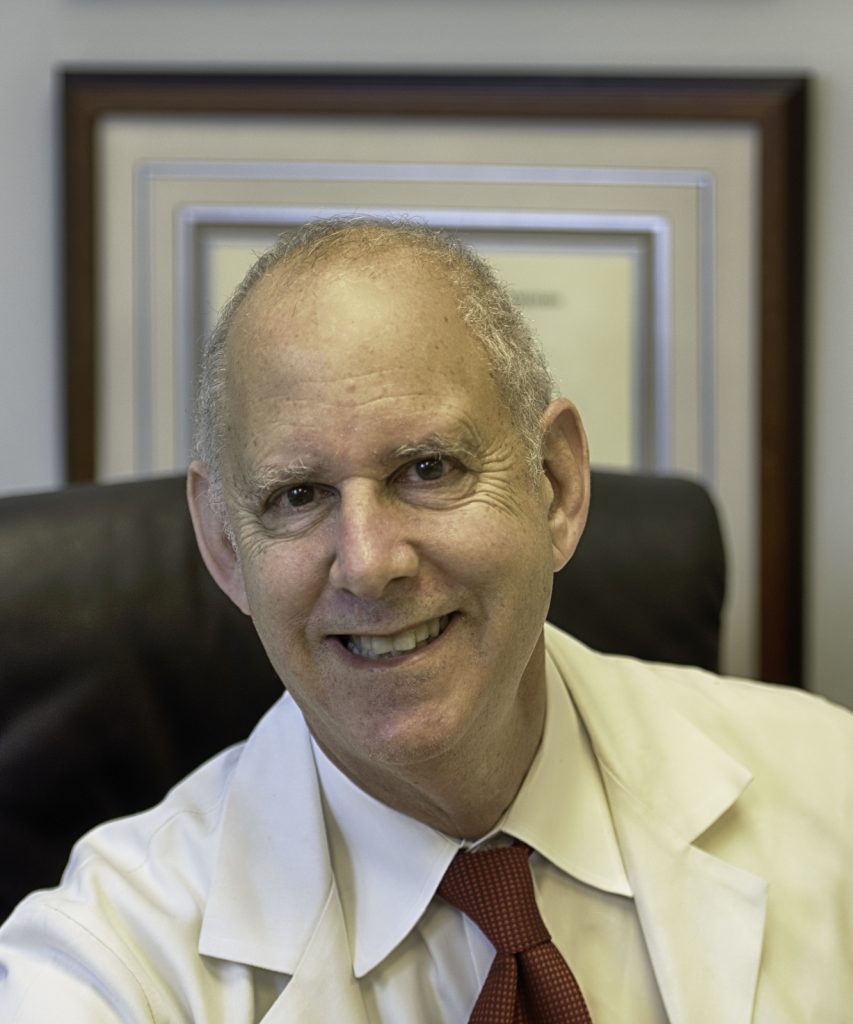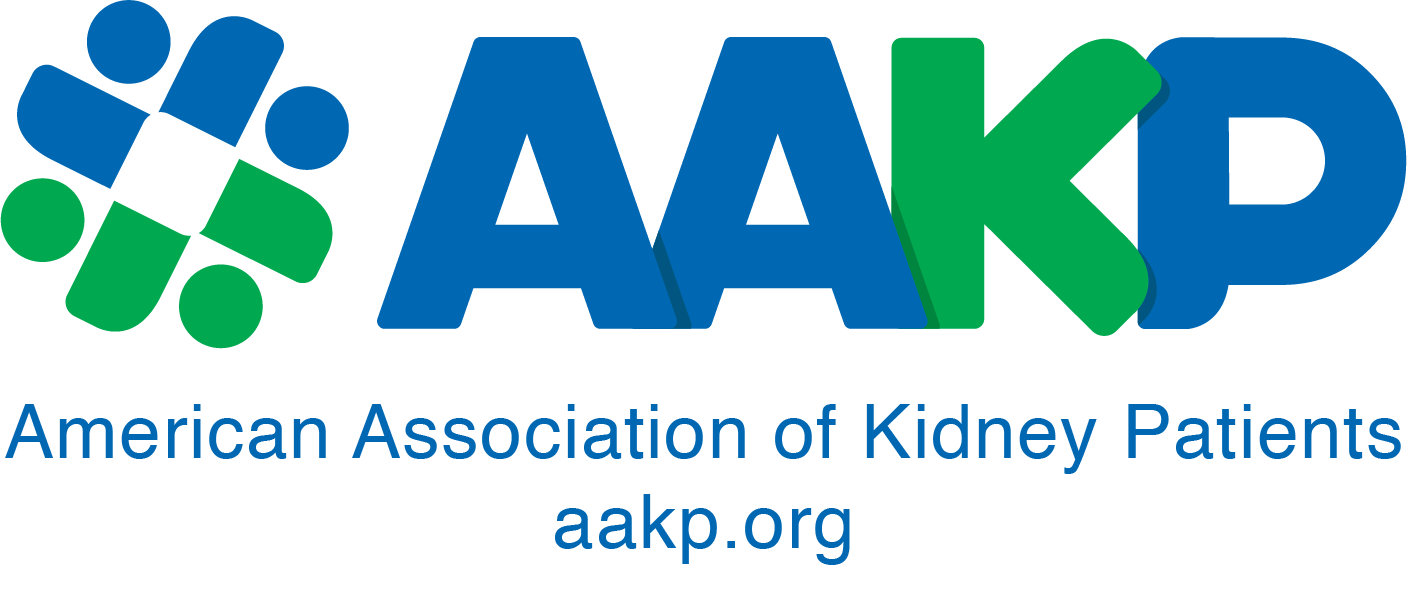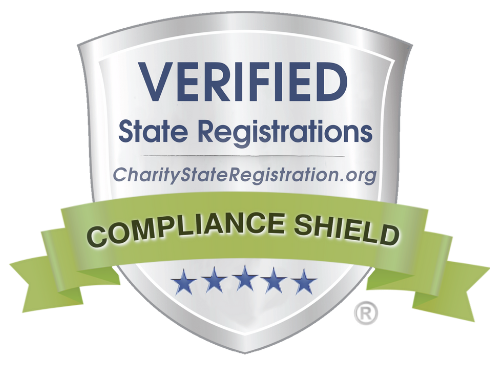By Stephen Z. Fadem, MD, FASN
Clinical Professor of Medicine,
Baylor College of Medicine
Houston, Texas
October 1, 2020
Introduction
It seems but a short time ago when we were planning vacations and traveling freely about town. Now things are quite different. Like a dark, ominous cloud, the SARS-CoV-2 virus looms as a threat to an entire planet. Those with underlying medical conditions are most vulnerable. This difficult to contain lethal pathogen has not only disrupted our lives, but our commerce. Thousands of people have lost their jobs. The malls are ghost towns. Tourism and travel have been silenced. Since our last horrific pandemic was over 100 years ago, we were ill-prepared.
At the end of September, the disease has infected 34.2 million people, of whom 1.02 million have died worldwide. In the United States, there have been 211,000 deaths in 7.36 million cases (https://coronavirus.jhu.edu). The case fatality rate for this disease is around 3 percent.
The SARS-CoV-2 virus is covered with spiked proteins, the tips of which bind to a specific receptor on lung cells. These spiked protein (S-protein) tips are known as the receptor binding domain (RBD). Binding to a receptor on a cell is associated with an enzyme reaction that cleaves off the tip of the virus and enables its entry into the cell. Meanwhile, the virus can stimulate a powerful innate immune inflammatory response that damages the lung cells and can lead to respiratory failure. This often happens when the immune cells recruited to fight the infection release several powerful inflammatory proteins and factors. These factors are called cytokines; this has been described as a cytokine storm. In some patients, the virus continues to multiply and spread inside cells. Around one week after the infection, adaptive immunity begins; neutralizing antibodies develop against the nucleocapsid shell as well as the spiked proteins.
In some vulnerable patients, antibodies do not develop.
The vulnerable include smokers who have damaged airways, the obese, persons with kidney and lung disease, hypertensives, diabetics, and persons with immunocompromised kidney transplants or malignancies. They also include the elderly and frail. Dialysis patients and nursing home patients are especially vulnerable. The disease is more common in African Americans.
In the vulnerable patient, the disease is more likely to be associated with a poor outcome.
For further information, visit the CDC website (https://www.cdc.gov/coronavirus/2019-ncov/need-extra-precautions/).
Although most patients who can infect others have symptoms themselves, the incidence of asymptomatic people who can infect others is only 42%. This is because the disease is spread by particles that are propelled when talking, breathing, shouting or singing. The size of the exhaled particle seems to matter. Known as aerosols, particles less than 5 mM can linger in the air for many minutes, move with air currents from air conditioners, and may drop deeper into the lungs and cause worse damage. These aerosol particles are mainly spread through talking or breathing but can be largely contained by wearing a mask. We wear a mask to protect others from breathing in the particles that we exhale. This suggests the disease can be spread through airborne transmission of very fine particles. The larger particles, greater than 5 mM, only travel around 2 meters then drop onto a surface. This is where we get the 6 feet (2 meter) social distancing rule. There is a debate between scientists as to whether the disease is airborne, and the evidence is becoming more persuasive that there is in fact an airborne component. It is advisable to err on the side of caution, particularly in poorly ventilated areas, such as buses (1). Although there are some who have suggested N95 respirators, like those worn in health care settings by frontline workers, are superior to the procedure masks and cloth masks recommended to the public, randomized clinical trials with viral respiratory infections demonstrate that there is very low certainty in the evidence that medical masks increase the rate of infection (2).
Here are some rules that we can follow
- Wear a mask – a three-layer cloth mask or a medical mask.
- Social distance – stay 6 feet apart, especially from strangers. This is especially imperative when standing in line, or riding in an elevator or other crowded places.
- Avoid gatherings – Use zoom and social media. Opt for take-out and home delivery. Stay out of crowded places, especially bars and clubs. If dining in a restaurant, be sure that your table is properly spaced, that your server wears a mask, and that you put your mask on when he or she comes nearby.
- When around others, stay outdoors, if possible. Avoid poorly ventilated areas. Avoid buses.
- Hand sanitizer is a must – keep one in your pocket or purse. Do not touch your mask unless you have sanitized your hands.
- No handshaking – wave, bow, knock elbows instead.
- Be sure to get your influenza immunization.
- Eat healthy, take your vitamins, exercise.
What is the status of vaccines?
There are two ways that persons can be immunized. One is a twist on age-old passive immunization with serum from convalescent patients, the development of monoclonal antibodies directed against the spike protein. These bind directly to the RBD of the virus, making it impossible for it to bind with the cell receptor. This is ideal for persons who are elderly or vulnerable, as they may have difficulty making an antibody. Several large laboratories are in the process of manufacturing them, and clinical trials looking at the safety and efficacy of these antibodies are underway. They are showing great promise. In fact Regeneron, a monoclonal antibody “cocktail,” was recently used in the treatment of President Donald Trump when he acquired COVID-19. In the interest of full disclosure, the author of this paper, SZF, is a principal investigator for AstraZeneca’s monoclonal antibody project (3).
The second type of vaccine has been an accelerated project that incorporates spike proteins to induce an immune response by the recipient. These are intended to stimulate an innate response and the entire cycle that produces neutralizing antibodies. The AstraZeneca candidate in development has been associated with one serious adverse event, the development of a spinal inflammatory disorder known as transverse myelitis. Transverse myelitis is characterized by weakness and difficulty walking. It appeared in a 37-year-old woman two weeks after receiving her second dose of the vaccine. The trial was temporarily halted, but then assumed safe to continue. The patient was reportedly improving.
Moderna is another company producing a vaccine. The company is applying for FDA authorization in the fourth quarter of 2020. The US government has plans to buy 100 million doses, with an option to buy an additional 400 million doses. This is a messenger-RNA vaccine that encodes the spike protein. The virus has been tested and no serious adverse events have been reported. Headaches, fatigue, muscle aches, fever, chills and pain at the site were the most common side effects. Serum neutralizing antibodies were detected in all recipients (4).
Johnson & Johnson has reported they are in phase 3 of an adenovirus vector-based vaccine expressing the spike protein; they should have a product ready by early 2021 (http://jnj.com).
Pfizer has recently announced an expansion of their COVID-19 mRNA/target antigen vaccine trial to 44,000 persons for a phase 3 study. They report mild fever in 20% of patients, but a strong immune response (https://www.businesswire.com/news/home/20200912005013/en/) (https://www.precisionvaccinations.com/vaccines/bnt162-sars-cov-2-vaccine).
References
- Klompas M, Baker MA, Rhee C. Airborne Transmission of SARS-CoV-2: Theoretical Considerations and Available Evidence. JAMA. 2020;324(5):441-2.
- Bartoszko JJ, Farooqi MAM, Alhazzani W, Loeb M. Medical masks vs N95 respirators for preventing COVID-19 in healthcare workers: A systematic review and meta-analysis of randomized trials. Influenza Other Respir Viruses. 2020;14(4):365-73.
- Sajna KV, Kamat S. Antibodies at work in the time of severe acute respiratory syndrome coronavirus 2.Cytotherapy. 2020.
- Anderson EJ,Rouphael NG, Widge AT, Jackson LA, Roberts PC, Makhene M, et al. Safety and Immunogenicity of SARS-CoV-2 mRNA-1273 Vaccine in Older Adults. New England Journal of Medicine. 2020.
Dr. Fadem is a champion for Chronic Kidney Disease education. He is a Clinical Professor of Medicine, Baylor College of Medicine, Section of Nephrology. He attended Tulane University and graduated the University Of Oklahoma College Of Medicine. He completed his Internship andResidency at the University of Texas Health Science Center – MD Anderson and Hermann Hospitals, and his Renal Fellowship at the University of Texas Health Science Center, San Antonio. He was one of the first doctors to discover the value of the Internet for patient education, and is the founder of several websites dedicated to public service and the dissemination of clinical information including The Nephron Information Center, Wikikidney and dialysisunits.com. He has participated heavily in the development and the revision of the AAKP Patient Plan. Dr. Fadem is the recipient of the National Kidney Foundation’s Distinguished Service Award, the AAKP Visionary Award and the AAKP Peter Lundin Award. He serves as co-editor of aakpRENALIFE. Dr Fadem is listed in America’s Top Doctors.
























